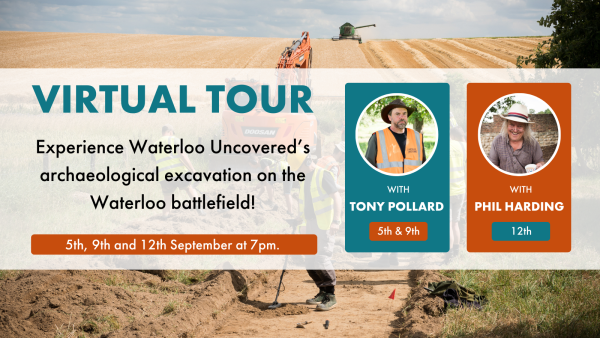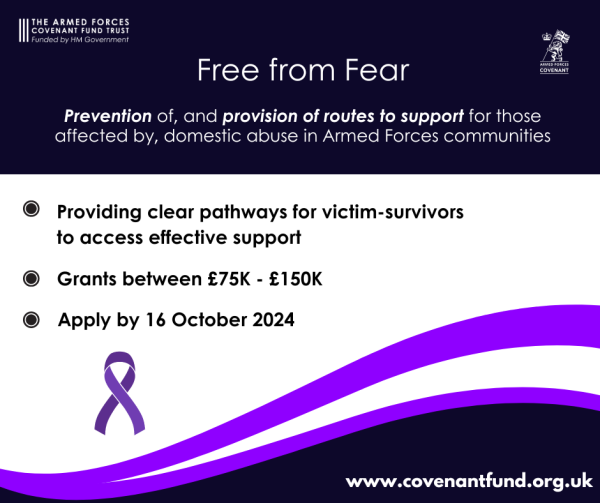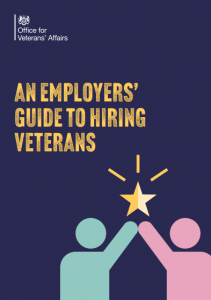
This year, we will continue our investigation of Mont-Saint-Jean, the site of Wellington’s field hospital. It was here in 2022 that Waterloo Uncovered made a groundbreaking discovery – one of only two known skeletons excavated on the Waterloo battlefield. Come join Phil Harding, Tony Pollard and our veteran participants as they continue to explore the secrets of Mont-Saint-Jean, in hopes of answering one of the great mysteries in modern archaeology – Where are the fallen soldiers of Waterloo?
https://www.eventbrite.co.uk/e/virtual-tours-waterloo-uncovered-excavation-2024-tickets-996236228377
Our aim is to ensure that service leavers are given all the relevant information needed to make an informed choice allowing a smooth transition into civilian life.
Transition includes the support, advice and education that will increase personal knowledge and awareness and supports soldiers' personal development and long-term planning. It is mandated through the MoD's Veterans' Strategy and directed in Army Command Standing Order 3221. Transition should be undertaken throughout your military career in order to enhance your professional portfolio and career prospects as well as prepare you for your inevitable transition to civilian live.
A total of 176,100 UK Armed Forces veterans were living in Scotland at the last census, according to new statistics from National Records of Scotland.
It is the first time census data has been collected on veterans living in the country.
The figure means 3.9% of people aged 16 and over at the time of the census had previously served in the UK Armed Forces. The census in England and Wales found a similar percentage (3.8%) said they had served.
In Scotland, half of all veterans (50.4%) were aged 65 and over and just under one third (30.6%) were aged 50 to 64.
Director of Census Statistics for NRS Jon Wroth-Smith said:
“This is the first time Scotland’s Census has ever collected data on veterans. It provides a unique insight enabling governments, local authorities and charities to shape support for veterans and their families.”
“The high percentage of veterans in the oldest groups is explained by war service up to 1948 and National Service which operated from 1939 to 1960. Around one in five people aged 85 and over had previously served in the UK Armed Forces. If we look specifically at males, we see that over half of all males aged 85 and over had previously served.”
While the majority of veterans in Scotland were male (88%), the census recorded 20,600 female veterans across Scotland.
The local authorities with the highest percentage of the population that were veterans tended to be areas with larger military bases, showing some veterans stay in the area where they were based.
Moray has the highest with 9.0% of the population aged 16 and over having previously served. In City of Edinburgh and Glasgow City council areas veterans make up a smaller proportion of the population but they are among the areas with the largest numbers of veterans. Fife, the third biggest council area by population, had the highest number of veterans with 17,200.
6.7% of households in Scotland included at least one UK Armed Forces veteran. This data helps direct support not just to them but to their families too.
The majority of veterans in Scotland (72%) served in the regular UK Armed Forces. A further 22% served in the reserve Armed Forces and 6% served in both.
Later in the year NRS will release census data on further topics including housing, employment and health. In the winter a new tool will be added to the website allowing the census data on various topics to be analysed for particular groups of people like veterans.
Outcomes Study
Scotland’s Census – UK Armed Forces veterans | Scotland’s Census (scotlandscensus.gov.uk)








